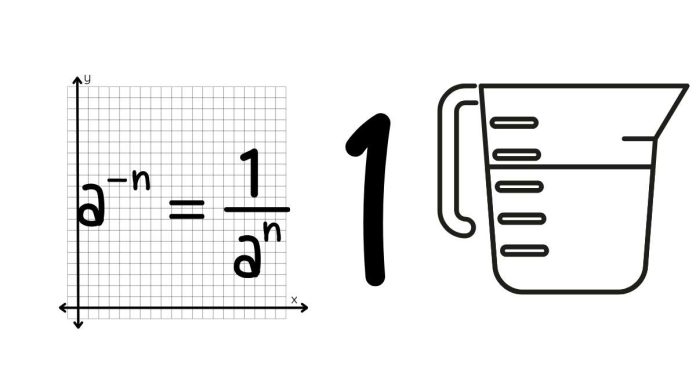1 milliliter (mL) is equivalent to 1 cubic centimeter (cm³) or 1/1000 of a liter (L).
In terms of volume, 1 milliliter is the same as:
- 1 cm³
- 0.001 liters (L)
If you’re referring to units like teaspoons or tablespoons, 1 milliliter is approximately 0.2 teaspoons or 0.0676 tablespoons.
1. Metric System Relationships:
- 1 milliliter (mL) = 1 cubic centimeter (cm³):
This is because the milliliter is defined as the volume of 1 cubic centimeter of water at 4°C, where water has its maximum density. - 1 milliliter = 0.001 liters (L):
Since “milli-” is a prefix meaning one-thousandth, 1 mL is equal to 1/1000th of a liter.
2. Conversions to Other Volume Units:
- 1 milliliter ≈ 0.2029 teaspoons (tsp):
In cooking measurements, 1 mL is roughly 1/5th of a teaspoon. - 1 milliliter ≈ 0.0676 tablespoons (tbsp):
1 tablespoon is approximately 15 mL, so 1 mL is about 1/15th of a tablespoon. - 1 milliliter ≈ 0.0338 fluid ounces (fl oz):
1 US fluid ounce is equivalent to 29.5735 mL, so 1 mL is about 1/30th of a fluid ounce. - 1 milliliter ≈ 0.000264172 US gallons:
A US gallon is 3,785.41 mL, so 1 mL is a very small fraction of a gallon.
3. Scientific and Medical Context:
- 1 mL = 1 cm³ (cubic centimeter):
This is a standard volume measurement used in chemistry and medicine. A cubic centimeter is the volume of a cube with each side measuring 1 cm. - For liquid measurements:
1 mL of water at standard temperature and pressure (STP) has a mass of approximately 1 gram.
4. Comparisons with Other Units in Everyday Contexts:
- In cooking:
A common “shot” of alcohol (like a shot of whiskey) is typically about 44 mL (1.5 US fl oz), so 1 mL is a tiny fraction of a shot. - In syringes:
Syringes often measure in milliliters, with common sizes being 1 mL, 5 mL, or 10 mL. Medical dosages are commonly calculated in milliliters when administering liquid medicine.
Visualizing 1 mL:
To visualize how small 1 milliliter is:
- A standard teaspoon holds about 5 mL, so 1 mL would be roughly one-fifth of a teaspoon.
- A typical eye dropper dispenses about 0.05 mL per drop, meaning you would need 20 drops to make up 1 mL.


